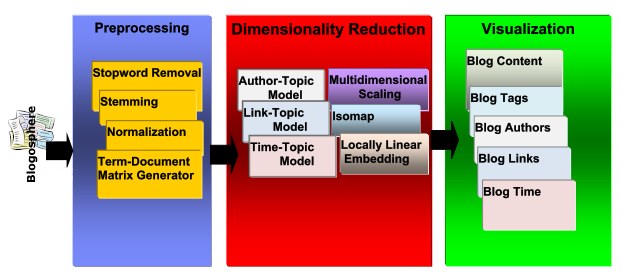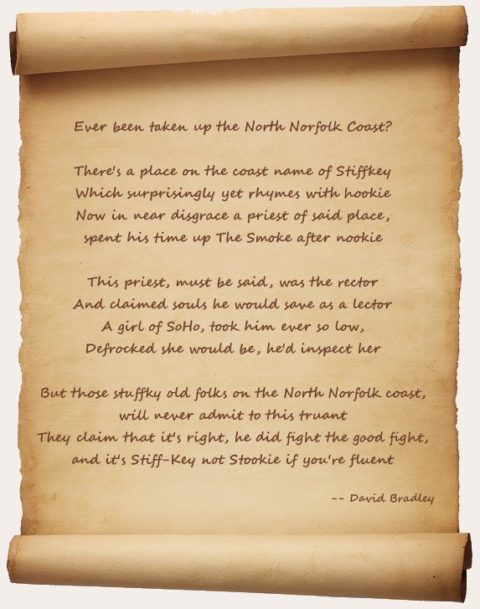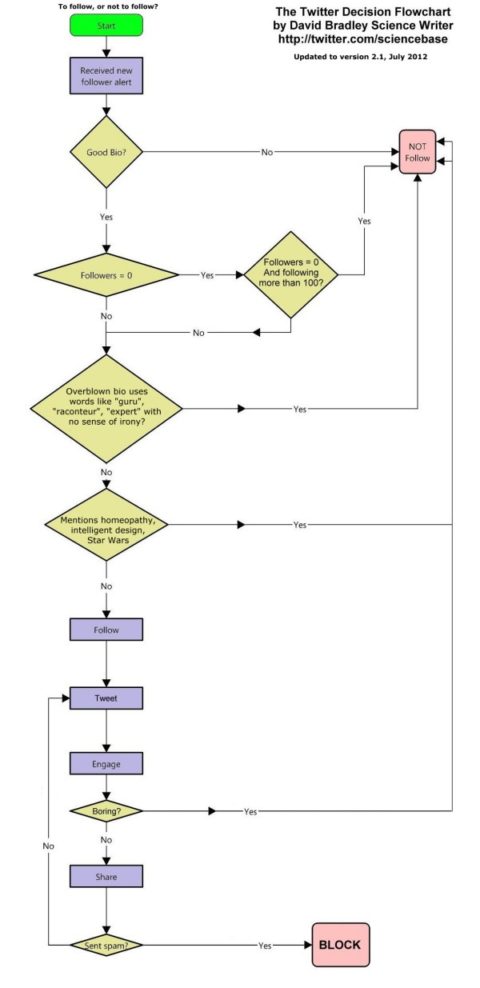 US scientists have identified a new strain of influenza in New England harbor seals – H3N8. They say the strain, presumably made the species leap from birds, might now be a reservoir for an emergent human flu virus.
US scientists have identified a new strain of influenza in New England harbor seals – H3N8. They say the strain, presumably made the species leap from birds, might now be a reservoir for an emergent human flu virus.
H3N8 is an influenza type A virus (Orthomyxoviridae) endemic in birds, equines and dogs and although highly contagious was not as such considered a risk to people. A flu outbreak in people in 1889 or 1900 was blamed on this strain but evidence suggests that it was due to H2N2. If H3N8 has mutated and evolved from an avian form into one that infects harbor seals (Phoca vitulina), there is a chance that it could now infect people. Indeed, the virus already has the relevant structure to attack a protein in the human respiratory tract.
Experts have for some time recognised that emergent flu viruses need not only come from East Asia, swine flu, H1N1, being a case in point, the pandemic of 2009 emerging from South America. So, the emergence of a putative pandemic strain in the waters off New England, USA, is worrying, but perhaps not surprising.
It is worth noting that a paper in the same group of journals from 1984 reports on the emergence of an avian influenza virus (H4N5) in harbor seals in the early 1980s. There are presumably other instances so this would suggest that transfer to harbor seals from birds is not an uncommon leap.
BBC News – New flu virus found in seals concerns scientists.
Moscona et al, 2012, mBio; DOI: 10.1128/mBio.00166-12
Influenza A viruses are classified into subtypes based on the antibody response to the viral proteins hemagglutinin (HA), neuraminidase (NA). This distinction gives us the different names, e.g. H5N1, H1N1, H3N8 etc. There are 16 H and 9 N subtypes known, but only H 1, 2 and 3, and N 1 and 2 are usually found in people.
 Despite exaggerated predictions about the death of the blog, it seems numbers continue to grow. Everyone and their dog seems to want to share their innermost thoughts, echo the news and comment on everything from the Higgs Boson to the Gaga Biebon. Efficiently pulling useful information from the millions of blogs with all their various formats and multimedia content, however, is no simple task and the old-school data mining techniques do not appear to be as effective with these disparate networks as they are with standardised databases.
Despite exaggerated predictions about the death of the blog, it seems numbers continue to grow. Everyone and their dog seems to want to share their innermost thoughts, echo the news and comment on everything from the Higgs Boson to the Gaga Biebon. Efficiently pulling useful information from the millions of blogs with all their various formats and multimedia content, however, is no simple task and the old-school data mining techniques do not appear to be as effective with these disparate networks as they are with standardised databases.
 When you’re feeling blue, put on a sad song. Getting in the party spirit? Turn up the dance music. We are all well aware that music can fit our mood and even reinforce certain emotions. Now, researchers at Philips Research in The Netherlands have demonstrated that background music can affect our mood even while we are directly focused on another task. Their work, described in the International Journal of Human Factors and Ergonomics might have implications for those investigating the benefits of music therapy, music in the workplace, commercial environments or even in healthcare.
When you’re feeling blue, put on a sad song. Getting in the party spirit? Turn up the dance music. We are all well aware that music can fit our mood and even reinforce certain emotions. Now, researchers at Philips Research in The Netherlands have demonstrated that background music can affect our mood even while we are directly focused on another task. Their work, described in the International Journal of Human Factors and Ergonomics might have implications for those investigating the benefits of music therapy, music in the workplace, commercial environments or even in healthcare. TouchPress has done it again giving us an aesthetically pleasing collision of art and technology – akin to the Leonardo Anatomy app I mentioned a while back. This time The Sonnets by William Shakespeare gets the modern treatment with videos and readings featuring Patrick Stewart (always a draw for the Trekkie classicist), Stephen Fry (for the Apple fanboys) and David Tennant (for the Whovians) and Kim Cattrall (who was in the TV series of Logan’s Run, of course) and others. All 154 pieces are performed to camera by the all-star cast.
TouchPress has done it again giving us an aesthetically pleasing collision of art and technology – akin to the Leonardo Anatomy app I mentioned a while back. This time The Sonnets by William Shakespeare gets the modern treatment with videos and readings featuring Patrick Stewart (always a draw for the Trekkie classicist), Stephen Fry (for the Apple fanboys) and David Tennant (for the Whovians) and Kim Cattrall (who was in the TV series of Logan’s Run, of course) and others. All 154 pieces are performed to camera by the all-star cast.
